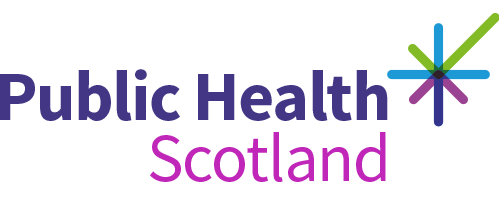Diabetic eye screening overview
Diabetic retinopathy is an eye condition that occurs when high blood sugar levels damage the cells in the retina. The blood vessels in the retina can leak or become blocked. This condition may cause blindness or serious damage to eyesight.
For people who have diabetes, screening is important because their eyes are at risk of damage from diabetic retinopathy. Screening is a key part of diabetes care. Screening is offered every 2 years to anyone with diabetes aged 12 or over with low risk of sight loss.
People who are at high risk of sight loss should continue to receive annual or six-monthly screening.
NHS Boards ensure that the diabetic eye screening service meets the NHS Healthcare Improvement Scotland standards.
Changes to Diabetic eye screening (DES) programme
NHS Scotland has made changes to the Diabetic Eye Screening programme.
These include:
- a change of name from Diabetic retinopathy screening (DRS) to Diabetic eye screening (DES)
- revised screening intervals for people with diabetes at low risk of sight loss from every two years, instead of every year.
- the addition of Optical Coherence Tomography, (OCT), to the programme
- In the early stages, there are no symptoms so sufferers may not realise they have diabetic retinopathy
- Untreated diabetic retinopathy is one of the most common causes of sight loss in people of working age
- When the condition is caught early, treatment is effective at reducing or preventing damage
- Around 1 in 25 people that have diabetic eye screening will be referred to an eye specialist for investigation or treatment.
- In 2014, uptake of screening appointments was 85% in Scotland.
Diabetic eye screening and health inequalities
People’s risk of developing diabetic retinopathy increases if their blood glucose is not controlled as effectively as possible. Attending diabetic eye screening is an important part of reducing the risk of developing the condition. There is limited evidence around those who attend DES screening, but professionals should be mindful that there could be lower participation in DES among people in the following groups:
- Young adults (aged 18-34)
- Older adults (aged 85 or more)
- Those living in the most deprived areas
- Black or minority ethnic communities
- Those living with a learning or physical disability.
Healthcare and screening service providers have important roles to play in ensuring people are encouraged, and enabled, to attend their screening appointment.
Local and national action
The Scottish Government is committed to improve prevention, treat, and care for all people in Scotland affected by diabetes. The Scottish Government have produced the diabetes improvement plan (2014) (external) and the diabetes action plan (2010) (external).
Diabetes Scotland is working in partnership with RNIB (Royal National Institute for Blind people) to raise awareness of diabetic retinopathy and the importance of regular eye screening.
We work with partners to ensure that the public are fully informed about diabetic eye screening. Those eligible are sent an information leaflet with their screening invitation. The leaflet aims to support people to make an informed choice about their screening appointment. The leaflet is available in other languages and Easy Read format.
The Scottish Diabetes Survey Monitoring Group produced the Scottish Diabetes survey (2016) report (PDF, 4.65 MB)(external website). Diabetes Scotland produced the State of the Nation (2015) report (PDF, 1.08 MB) (external website). Both reports have more information on diabetes in Scotland, diabetes care and outcomes.
Information for the public
NHS inform has diabetic eye screening information for the public. This includes audio format and a short video to explain what happens at a DES appointment.
